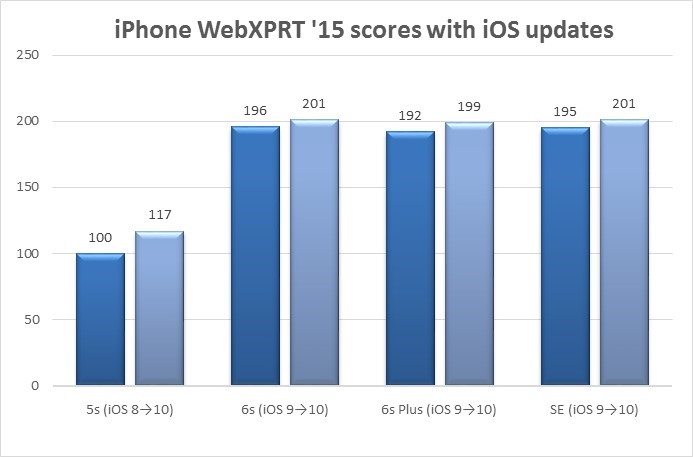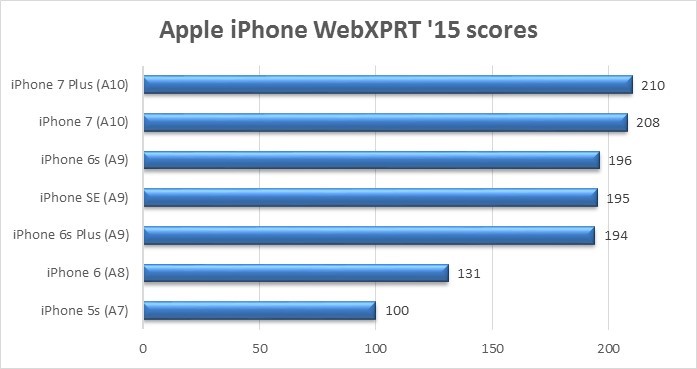While industry pundits have written many words about the death of the PC, Windows PCs are going through a renaissance. No longer do you just choose between a desktop or a laptop in beige or black. There has been an explosion of choices.
Whether you want a super-thin notebook, a tablet, or a two-in-one device, the market has something to offer. Desktop systems can be small devices on your desk, all-in-ones with the PC built into the monitor, or old-style boxes that sit on the floor. You can go with something inexpensive that will be sufficient for many tasks or invest in a super-powerful PC capable of driving today’s latest VR devices. Or you can get a new Microsoft Surface Studio, an example of the new types of devices entering the PC scene.
The current proliferation of PC choices means that tools that help buyers understand the performance differences between systems are more important than they have been in years. Because HDXPRT is one such tool, we expect demand for it to increase.
We have many tasks ahead of us as we prepare for this increased demand. The first is to release a version of HDXPRT 2014 that doesn’t require a patch. We are working on that and should have something ready later this month.
For the other tasks, we need your input. We believe we need to update HDXPRT to reflect the world of high-definition content. It’s tempting to simply change the name to UHDXPRT, but this was our first XPRT and I’m partial to the original name. How about you?
As far as tests, what should a 2017 version of HDXPRT include? We think 4K-related workloads are a must, but aren’t sure whether 4K playback tests are the way to go. What do you think? We need to update other content, such as photo and video resolutions, and replace outdated applications with current versions. Would a VR test would be worthwhile?
Please share your thoughts with us over the coming weeks as we put together a plan for the next version of HDXPRT!
Bill














